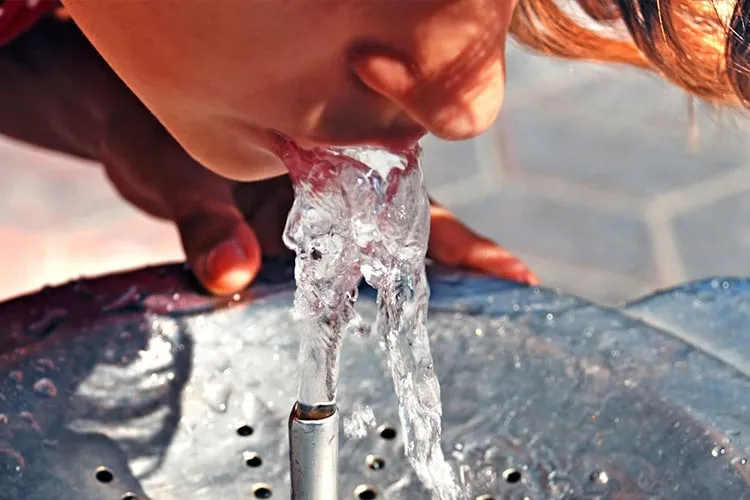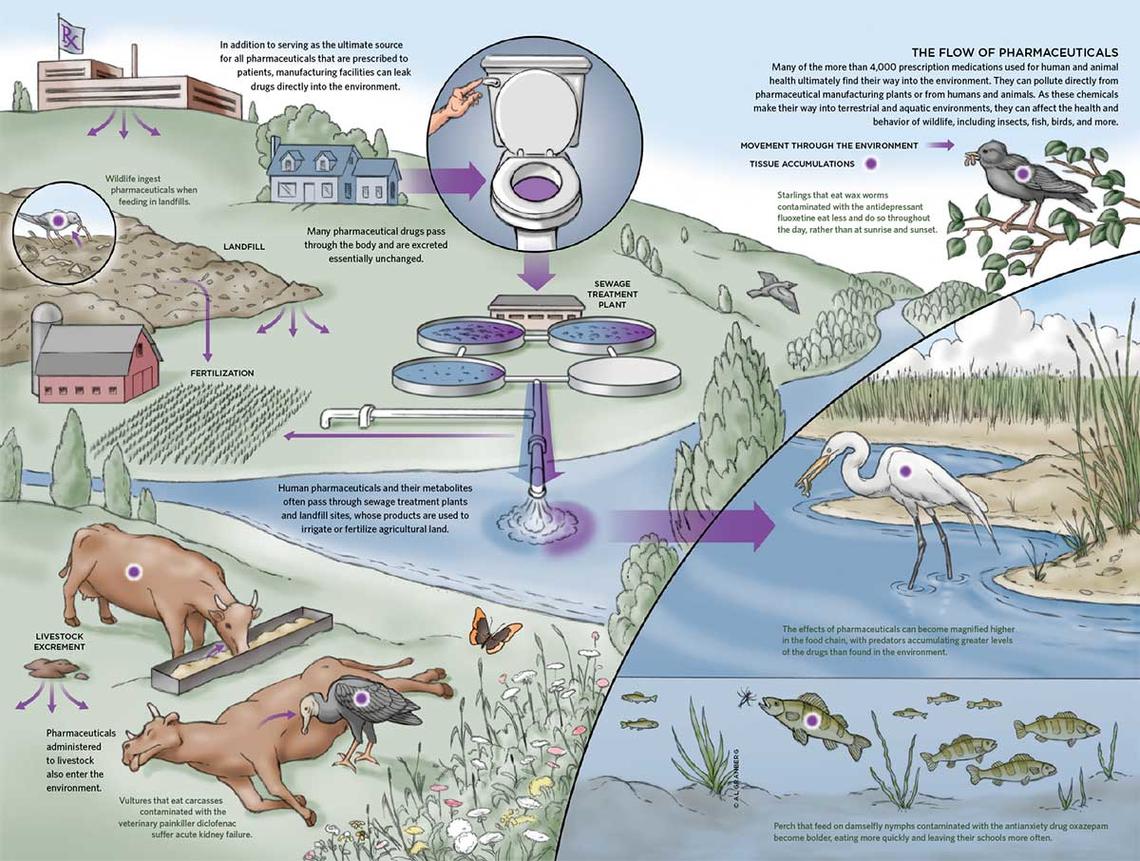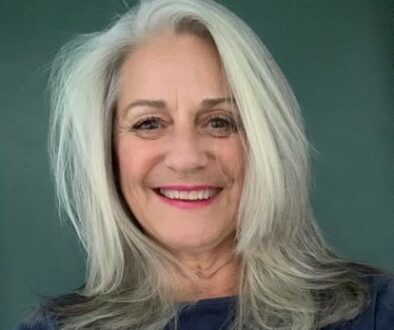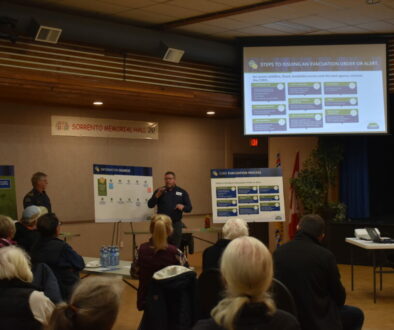The water issue in Salmon Arm
Salmon Arm is a small town nestled in the beautiful Shuswap region of British Columbia. For the last few year the population has grown quickly as people find this region very attractive with its natural beauty, short distance to all amenities, and high quality of foods provided by local farmers. Surrounded by mountains, property in the Shuswap Lake area has increased in value dramatically. But how is the water here?
The City’s water is supplied by two primary sources: East Canoe Creek at Metford Dam and Shuswap Lake at Canoe Beach. Only 4% pf the water supply originates from Metford Dam and the remaining 96% comes from the Shuswap Lake at Canoe Beach.

The Shuswap Lake source has a Water Treatment Plant that meets the Interior Health Authority’s 4-3-2-1-0 water treatment objective of four (4) log inactivation of viruses, three (3) log removal/inactivation of Giardia Lamblia and Cryptosporidium, two (2) treatment processes for surface water sources, one (1) for less than 1 NTU of turbidity, and zero (0) total and fecal coliforms and E. Coli. The East Canoe Creek source has been upgraded to utilize two forms of disinfection: ultra-violet light (UV) and sodium hypochlorite chlorination.
The 204 km of water pipes are composed of various materials including 81.1 km of asbestos cement, of which 38.9%, were installed between 1950 to 1978.
https://www.salmonarm.ca/DocumentCenter/View/3731/Water-Quality-Annual-Report–2021
Sewage and blackwater from the Shuswap Lake Hospital, farms, other facilities and households are flushing into the Shuswap lake after water treatment. Properties with septic systems are the exception.
https://www.salmonarm.ca/DocumentCenter/View/2243/2018-Annual-Wastewater-Report?bidId=
Since 96% of city water {tap water} is from the Shuswap Lake where sewage and black water are being flushed, we asked the staff at the City of Salmon Arm if the tap water is being tested for the following:
a] any type of hormones
b] any type of drugs
c] any type of antibiotics
d] any type of vaccines
e] any type of nova viruses
f] asbestos
g] pesticides or herbicides
The answers for all above was “NO” with the comment: “ The City is responsible for delivering safe drinking water that meets the requirements of the Drinking Water Protection Act and Drinking Water Protection Regulation as well as conditions set in our operating permit in conjunction with Interior Health. The City staff test water weekly from five locations, and then another six locations the following week as established in conjunction with Drinking Water Guidelines and Interior Health.”
The city water have been also used in H2O4U refilling stations.

The National Research Council Canada {NRC}, has studied the issue of asbestos cement in water pipes extensively. ” The use of asbestos cement {AC} pipe was largely discontinued in North America in the late 1970s due to health concerns associated with the manufacturing process of AC pipes and the possible release of asbestos fibres from deteriorated pipes,” reads the 2008 study Asbestos Cement Water Mains: History, Current State, and Future Planning.
Bacteriological challenges to asbestos cement water distribution pipelines, goes even further: “Severely deteriorated AC pipes also released asbestos fiber into the drinking water and could pose a hazard of malignant tumors of the gastrointestinal tract and other organs in consumers.”
https://www.watercanada.net/feature/what-risks-do-asbestos-cement-water-pipes-pose-to-public-health/
Another study showed that painkillers, blood thinners, hormones, chemotherapy agents, cocaine, amphetamines, steroids and bird control pill ingredients were found in drinking water. A group of specialists detected acetaminophen, codeine, antibiotics, hormones, steroids, anti- epileptic compounds, and dozens other chemical in the Great Lakes and Minnesota Rivers. “With aging boomers, the amounts of pharmaceuticals which are being consumed are going up between 10 and 15 per cent a year, here in North America,” environmental toxicologist Chris Metcalfe reported.
Another issue is “intersex” fish. Scientists have proven that drugs, hormones and other chemical compounds are creating this phenomenon, with males developing eggs in their testes, putting the survival of some species in jeopardy. Especially during the so called “pandemic”, usage of pharmaceutical products, including vaccines skyrocketed.
After air, water quality should be a top priority as it is the second most important element for all living beings. City council and bureaucrats do not appreciate this fact as they have spent millions of taxpayers’ dollars funding an underpass, and other projects, while the quality water is meeting only the minimal requirements of the Drinking Water Protection Act, Drinking Water Protection Regulation, and Interior Health regulations. The thousands of rules and regulations created by numerous bureaucrats are lost in multiple levels of government apparatus and are getting more and more disconnected from the reality.
DB, CB



